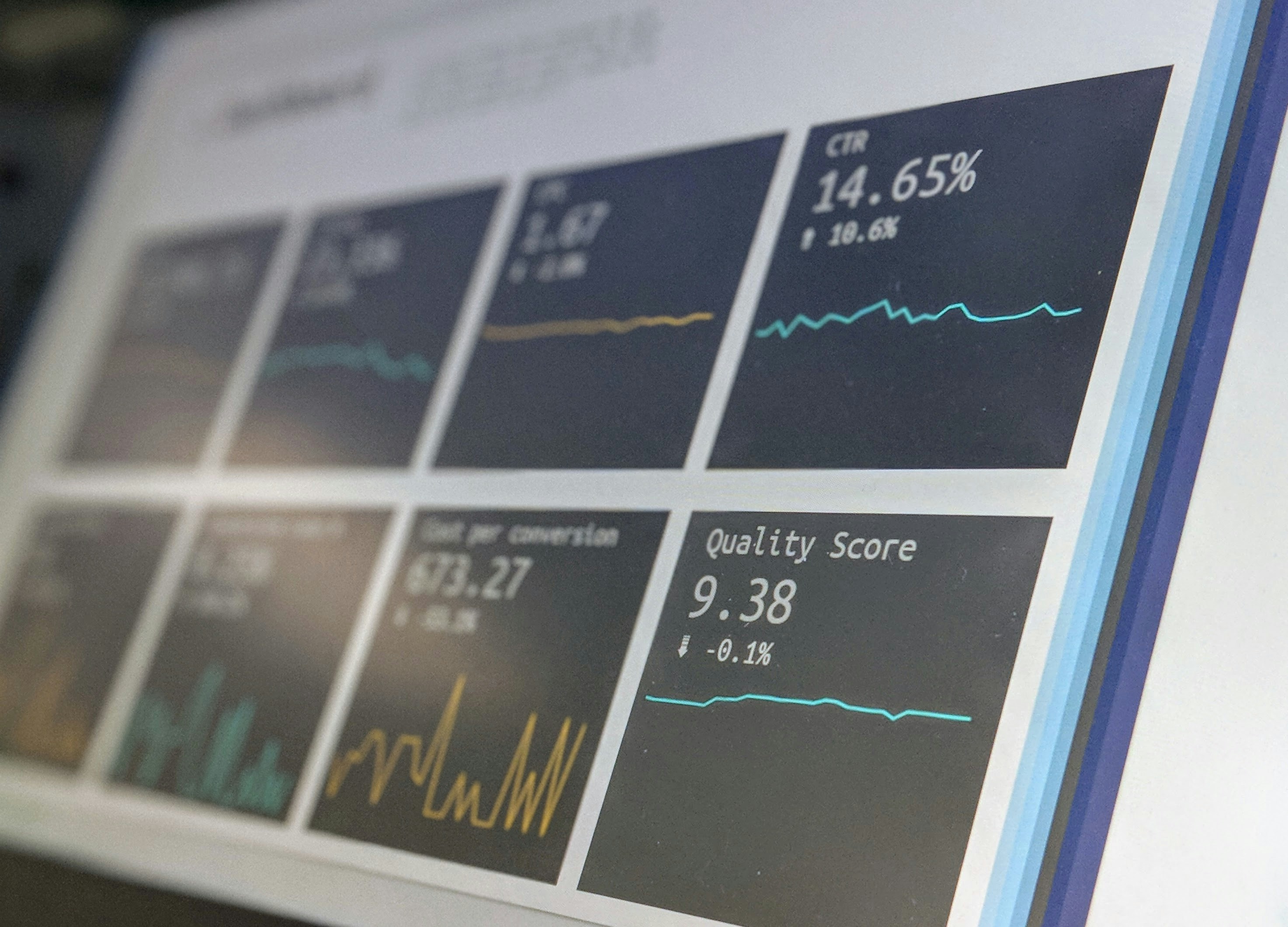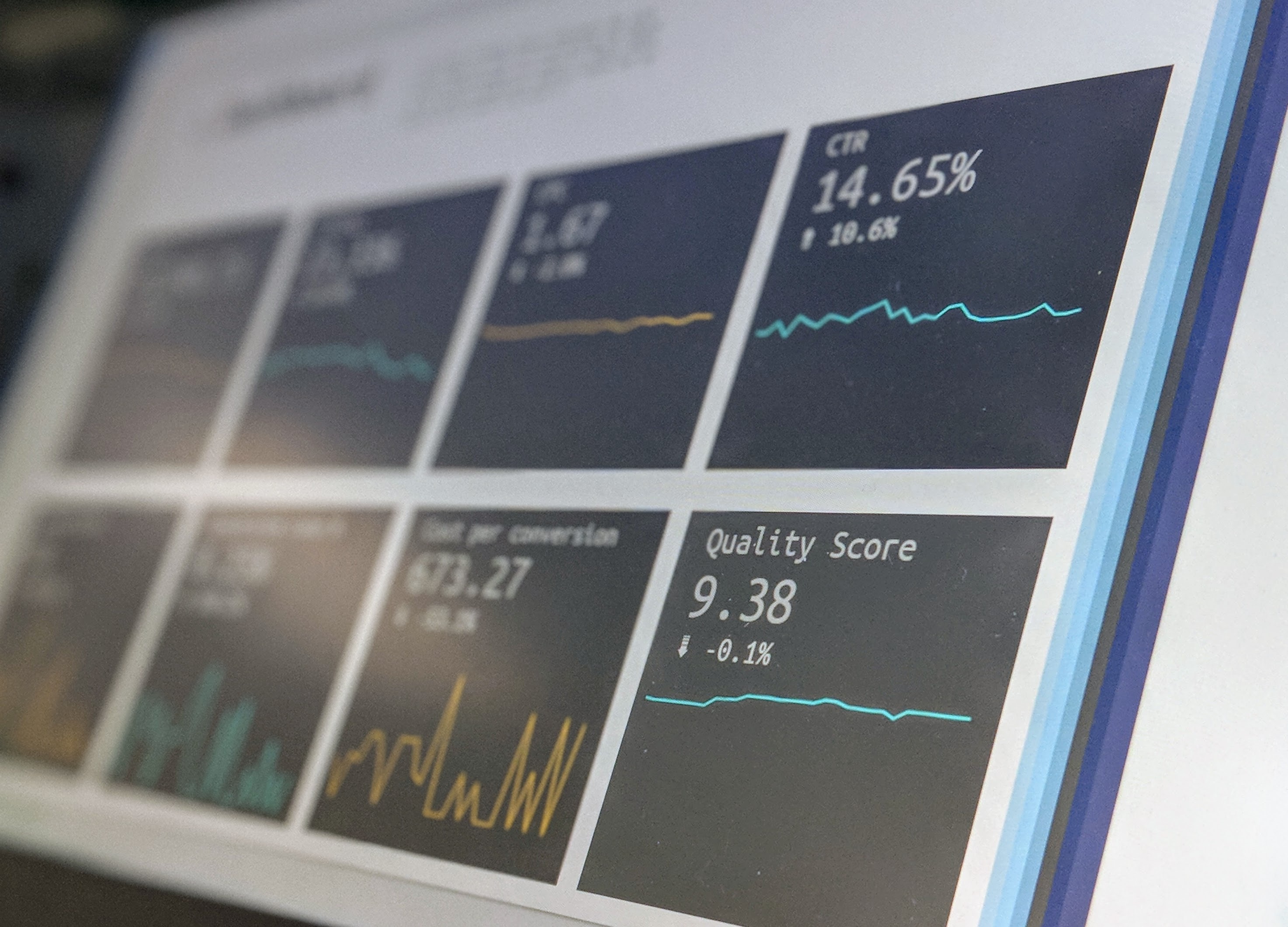Echo AI Blog
Echo AI Blog
Echo AI Blog
Echo AI Blog
Stay on the cutting edge
Stay on the cutting edge
Stay on the cutting edge
Stay on the cutting edge
Discover the latest trends and expert insights in Conversation Intelligence and generative AI, along with Echo AI product updates.
Discover the latest trends and expert insights in Conversation Intelligence and generative AI, along with Echo AI product updates.
Discover the latest trends and expert insights in Conversation Intelligence and generative AI, along with Echo AI product updates.
Discover the latest trends and expert insights in Conversation Intelligence and generative AI, along with Echo AI product updates.
Do you want every conversation to echo through your company?
Do you want every conversation to echo through your company?
Do you want every conversation to echo through your company?
Do you want every conversation to echo through your company?
Solutions
© 2024 All Right Reserved by Echo AI
Solutions
© 2024 All Right Reserved by Echo AI
Solutions
© 2024 All Right Reserved by Echo AI
Solutions
© 2024 All Right Reserved by Echo AI











































